Heating systems with fuel cells supply electricity and heat at the same time. But the costs of acquiring them are high. Development funds are intended to help establish this climate-friendly technology on the market.
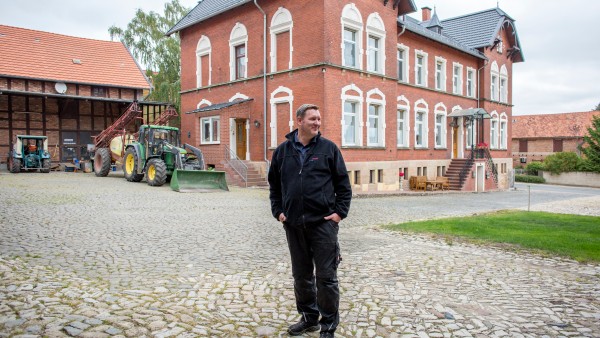
A forward-looking farmer
Christoph Meiners is using climate-friendly fuel cells for heating. This allows him not only to heat his 480 square meters of living space, it also meets 80 per cent of the electricity consumption of two families.
Christoph Meiners lives in the "Rübenburg" — the name the farmer gives to his listed farmhouse, built in 1895, in Remlingen-Semmenstedt in Germany. A time when many farmers between Braunschweig and Magdeburg achieved prosperity with beet cultivation and put their wealth on display with stately manor houses.
"Nobody would build a house this big today," says Meiners, referring to his 480 square meters of living space and the resulting high energy costs. Which is why he decided to install a fuel cell heating system in 2017. It now also meets 80 per cent of the electricity consumption needs for two families.
But there is still one drawback: although the market prices for fuel cell heating systems have fallen in recent years, homeowners have to invest around EUR 30,000 in installation and maintenance. To further reduce the price, significantly higher demand would be needed so that manufacturers could introduce cost-lowering series production. A classic case of climate-friendly technology that can only penetrate the market with government support. The basic idea behind this energy phenomenon has been around for a long time: the chemist Christian Friedrich Schönbein already applied the principle in 1838.
It was not until the 1960s that the fuel cell really took off — as an energy source on board the US space missions. Even after that, its applications in day-to-day life remained rather uncommon.
Now the fuel cell has finally reached domestic boiler rooms — and the power it packs is impressive. Heating systems with fuel cell technology work according to the principle of combined heat and power and are usually powered by natural gas. They achieve an overall efficiency level of more than 90 per cent and generate fewer carbon emissions than conventional gas condensing boilers. The system supplies the owner with his own electricity, thereby lowering his costs; excess electricity is fed into the grid. The heat generated is used for heating and hot water.
Because of its impressive level of efficiency, the German Federal Government has dedicated itself to promoting the new heating systems. The grant for fuel cell heating systems, which can be applied for from KfW, provides a minimum of EUR 7,050 or up to EUR 28,200 depending on the electrical output. The heating systems are not only for detached and semi-detached houses. They can also be practical in non-residential buildings with small and medium-sized enterprises and municipalities. Since the start of promotion in mid-2016, more than 2,500 systems have received funding of around EUR 37 million.
Like the one Christoph Meiners has. The farmer financed around half of his investment of almost EUR 25,000 with the KfW grant "Without this support", says Meiners, "the heating system would not have been an option for me because of the high costs."
Published on KfW Stories: Tuesday, 10 July 2018
The described project contributes to the following United Nationsʼ Sustainable Development Goals
Goal 7: Ensure access to affordable, reliable, sustainable and modern energy
Close to 80 per cent of the energy produced worldwide still comes from fossil fuel sources. Burning fossil fuels also generates costs for the health system due to air pollution and costs for climate-related damages that harm the general public, not just those burning the fuel.

All United Nations member states adopted the 2030 Agenda in 2015. At its heart is a list of 17 goals for sustainable development, known as the Sustainable Development Goals (SDGs). Our world should become a place where people are able to live in peace with each other in ways that are ecologically compatible, socially just, and economically effective.

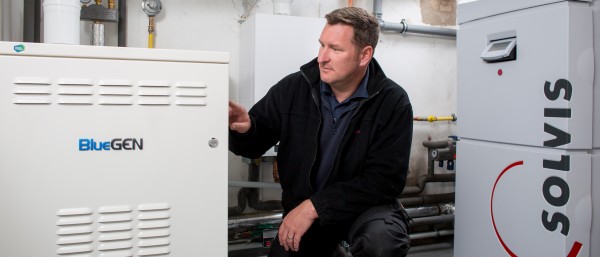
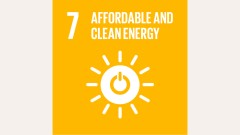


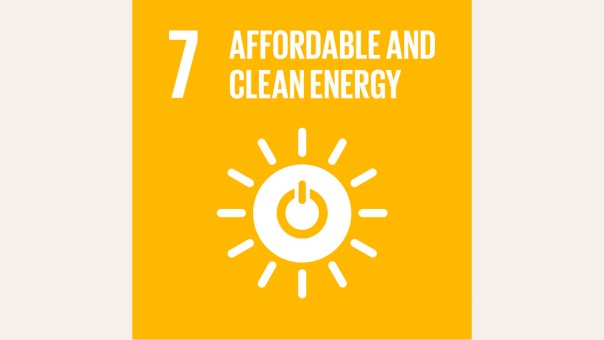
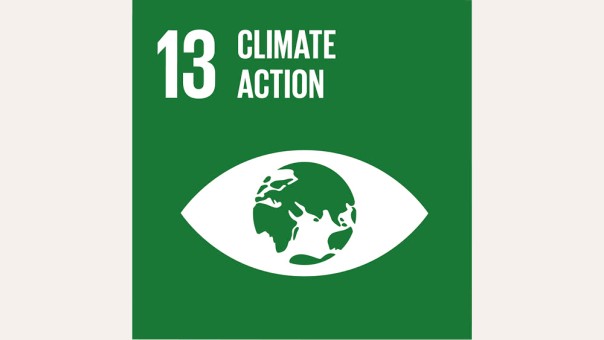

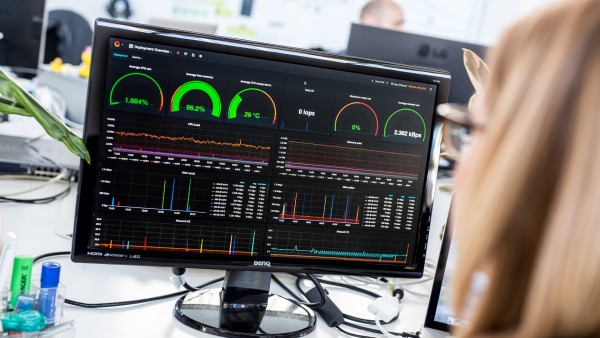

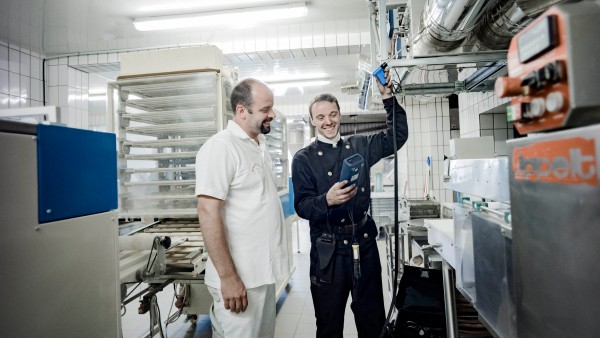
Data protection principles
If you click on one of the following icons, your data will be sent to the corresponding social network.
Privacy information